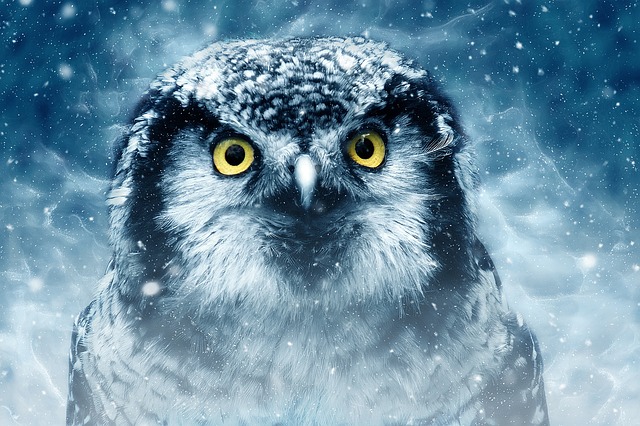# AI Art Revolution: Exploring the Boundless Potential of Technology in Visual Expression and Design
The advent of artificial intelligence (AI) has ushered in a new era of creativity, fundamentally altering the landscape of visual expression and design. Artists and designers are increasingly leveraging AI tools to push boundaries, explore new aesthetics, and redefine what it means to create art. This article delves into the transformative impact of AI on the art world, examining its capabilities, implications, and the future of artistic expression.
## The Emergence of AI in Artistic Creation
Innovative technologies have always influenced artistic practices, but the integration of AI marks a significant shift. AI algorithms, particularly those based on deep learning, can analyze vast datasets of existing artwork, enabling them to generate new pieces that reflect a myriad of styles and techniques. These algorithms can mimic the brushstrokes of Van Gogh, the color palettes of Monet, or even the abstract forms of modern artists, creating a unique synthesis of influences.
Furthermore, AI art tools such as DALL-E and Midjourney have democratized the creation process, allowing individuals without formal artistic training to produce visually stunning images. By simply inputting descriptive text, users can generate complex artworks that might have taken hours or even days for a human artist to create. This accessibility not only broadens the scope of who can create art but also enriches the artistic dialogue by inviting diverse perspectives and ideas.
## Redefining the Role of the Artist
As AI continues to evolve, the role of the artist is being redefined. Traditionally, artists have been seen as solitary creators, pouring their emotions and experiences into their work. However, the collaboration between human creativity and machine intelligence introduces a new dynamic. Artists now find themselves in the position of curators or guides, directing AI systems to produce works that resonate with their vision.
In many cases, artists are using AI as a tool for exploration rather than a replacement for their creative instincts. This partnership allows for experimentation with styles, themes, and formats that might not have been possible through conventional methods. For instance, generative adversarial networks (GANs) can create entirely new visual styles, enabling artists to push their creative boundaries. The result is a collaborative process that enhances artistic expression while maintaining the essence of human creativity.
## Ethical Considerations and the Future of AI Art
While the integration of AI into the art world presents exciting opportunities, it also raises significant ethical questions. The issue of authorship is at the forefront of this discourse. When an AI generates an artwork, who owns the rights? Is it the programmer who created the algorithm, the artist who provided the prompts, or the AI itself? These questions challenge traditional notions of creativity and ownership, prompting the need for new legal frameworks that address the complexities of AI-generated art.
Additionally, the potential for AI to perpetuate biases present in training datasets cannot be overlooked. If an AI is trained on a collection of artworks that predominantly features certain styles or cultural perspectives, it may inadvertently reinforce existing stereotypes or exclude underrepresented voices. As such, it is crucial for artists and technologists to engage in conversations about inclusivity and representation in AI training processes.
Looking ahead, the future of AI in art holds immense promise. As technology advances, we can anticipate even more sophisticated tools that will enable artists to explore uncharted territories of creativity. The fusion of AI and art will likely lead to new genres and movements, challenging our perceptions of creativity and pushing the boundaries of human expression.
## Conclusion
The AI art revolution is not merely a trend; it represents a profound shift in how we understand and engage with visual expression. As artists embrace AI as a collaborative partner, the definition of creativity expands, inviting a more inclusive and diverse range of voices into the conversation. While ethical considerations and challenges remain, the potential for innovation and exploration is boundless. As we navigate this new frontier, it is essential to foster a dialogue that balances technological advancement with the preservation of human creativity and cultural integrity. The future of art is here, and it is intertwined with the limitless possibilities of artificial intelligence.

